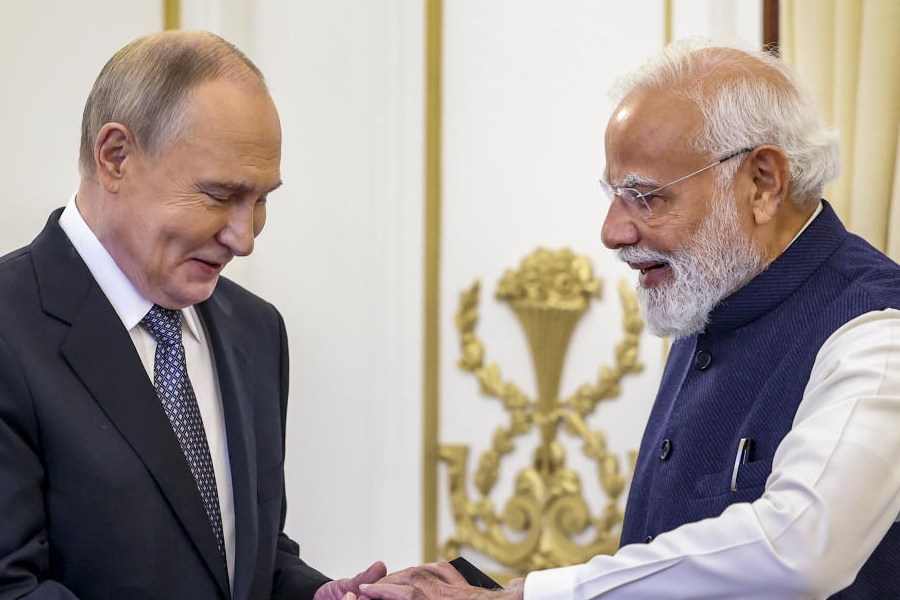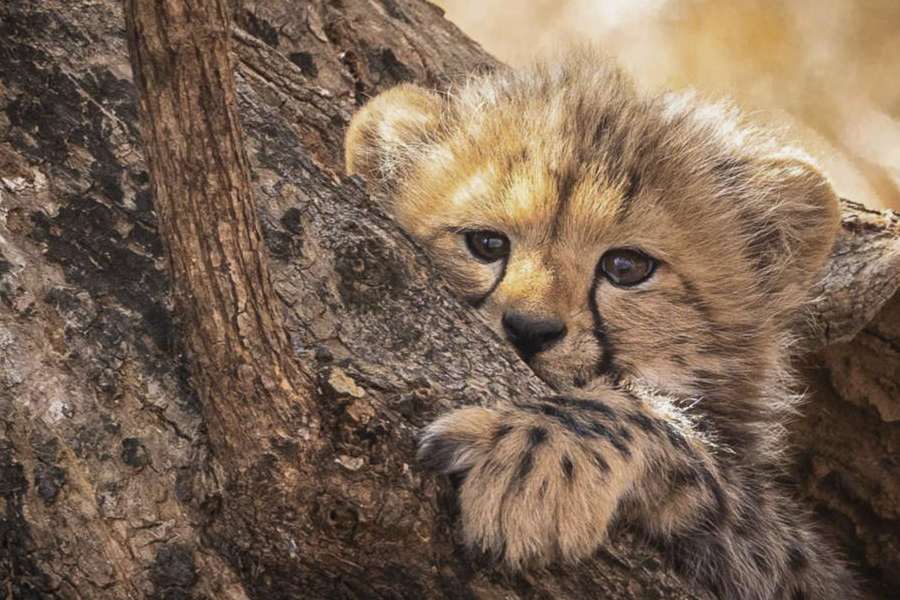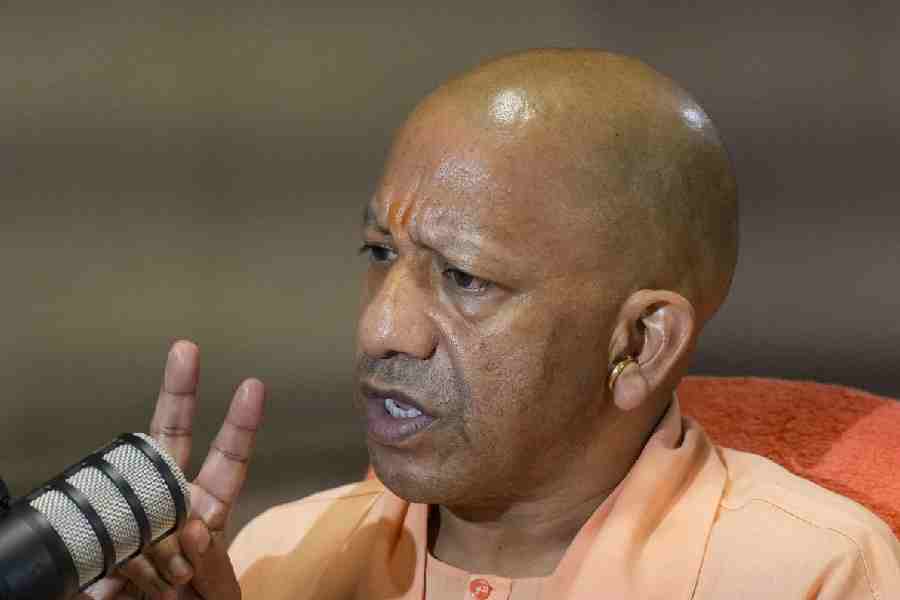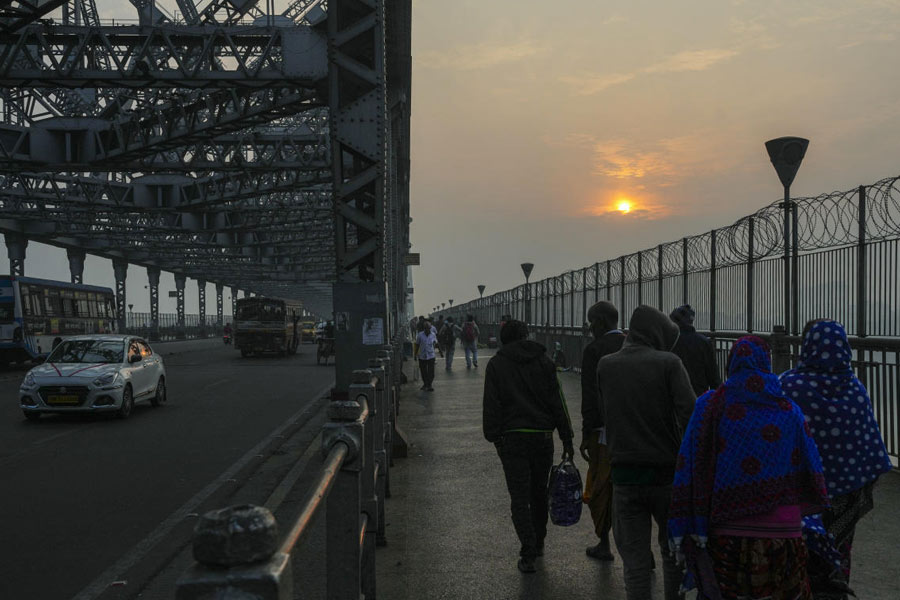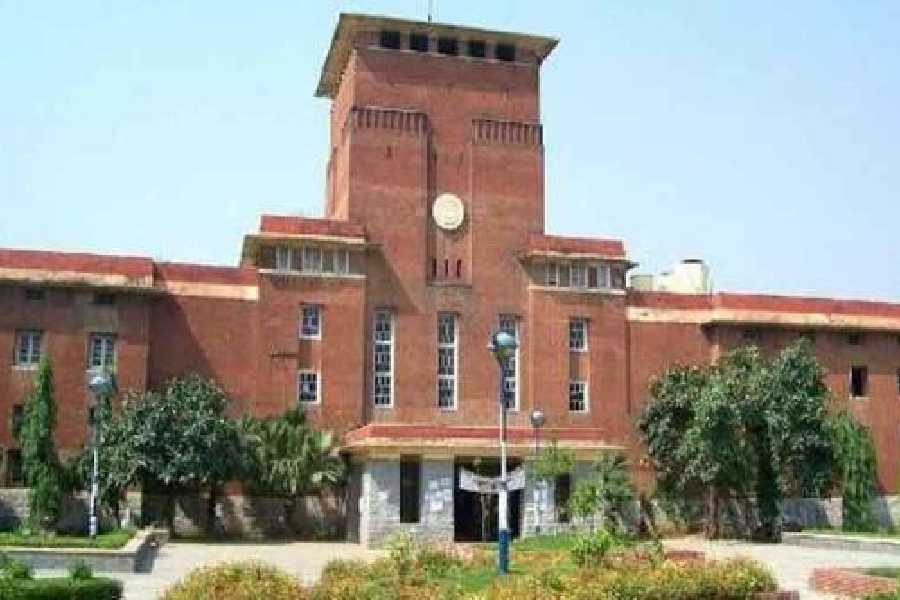At the end of the CoP-28 summit in Dubai, the one good news is that India has moved a notch up in its climate performance this year, climbing to the fourth spot after Denmark, Estonia, and the Philippines. As usual, developed economies are performing poorly, notwithstanding their grandstanding regarding environmentalism and tutoring of the world’s poorest on how to build democracies.
Around the time the Indian prime minister, Narendra Modi, was posing for a group photo at the summit, a fierce cyclone, Michaung, was on course to rip apart the east coast of the country, causing large-scale destruction in Chennai and along the long Andhra coastline north of it, and paralysing life for at least a week.
But the devastation that the cyclone precipitated — the aftermath of which is still unfolding in many small villages and fishing hamlets — got a royal burial amidst the brouhaha over the Bharatiya Janata Party’s much-trumpeted hat-trick in the recently concluded state assembly elections. In any case, electoral victories are roaring money-minters (you don’t need any investments but you are guaranteed exemplary returns) as opposed to reporting on a filthy crisis of the masses.
Climatic aberrations are treated unequally when it comes to news cycles — hardly any news channel or newspaper invests in reporters, stringers or other serious resources for reporting on the poorest sections and those most vulnerable to the shocks of extreme weather events. Leave alone Michaung, we barely even report the fine print of the multilateral discussions at CoP-28 other than dressing up the customary summit meetings as another triumph for our leader.
Yet, global thinkers, economists, climate scientists and so on are fixated on the global ‘polycrisis’ — a term popularised by the historian, Adam Tooze — and are trying to comprehend why so many things around us are going wrong in so many ways and what the way out is. As another eventful year comes to an end, the question is: what do we do of the centralisation of power, authority, and decision-making in the world, our country being no exception?
Answers lie in community resilience: the next big thing in the world may not be one big thing but a series of smaller things. A collective of widows and single women in Osmanabad; a difficult, but encouraging, model of a collective called Sahaja Aharam in Andhra Pradesh, Telangana and Maharashtra; a seed-saver movement in different parts of India; a participatory irrigation management network in Nashik in Maharashtra; a collective of 40 villages around a village called Kadvanchi in Jalna; the tapestry of small within big in central India over the management of forest resources under the Forest Rights Act; or even smaller, geography-specific struggles of masses with regard to their rights and advancement of their ideas of alternatives — all these make up a world of community resilience.
Earlier this month, I spent a few days studying the Kerala poverty eradication mission christened Kudumbashree, which is celebrating its silver jubilee year with nearly 4.7 million women now a part of this growing network, collectively envisioning not one but many possible alternatives to come out of abject poverty when both the State and the markets are grappling with sweeping economic and environmental transitions. There are several constraints in their journey. While this is a State-supported mission, its operational significance lies in the wisdom of common women.
We can’t hark back to the barter age; no one’s arguing that. But in the era of centralisation in all spheres of decision-making, a counter-movement of people towards greater decentralisation begs us to open our eyes and make room for such models to thrive for the generations to come.


